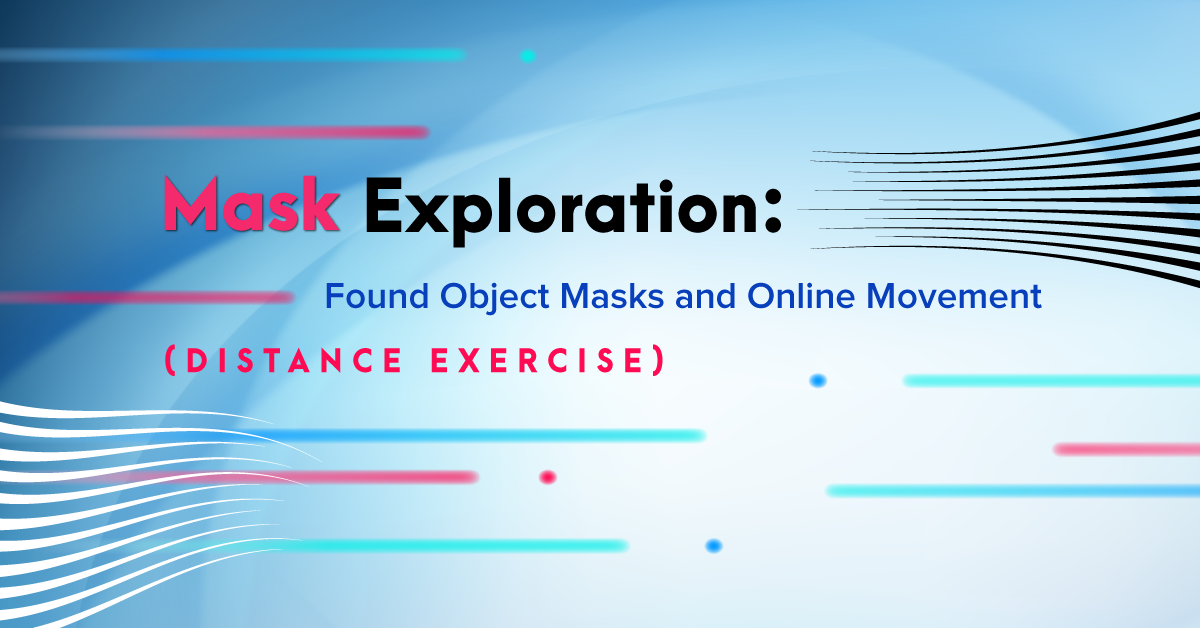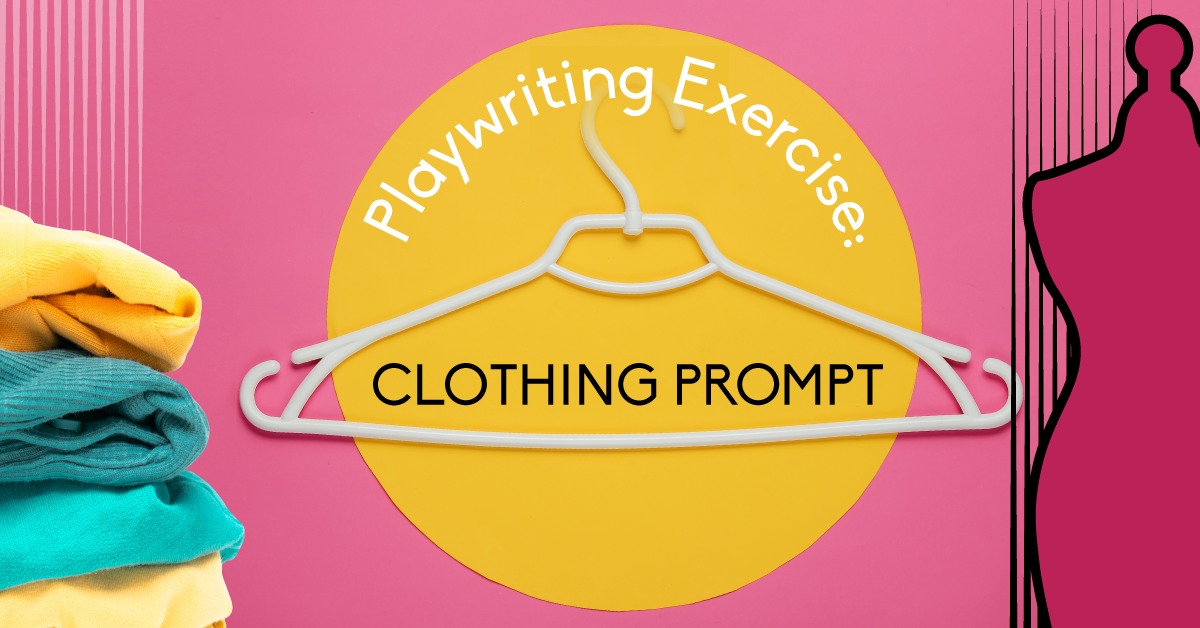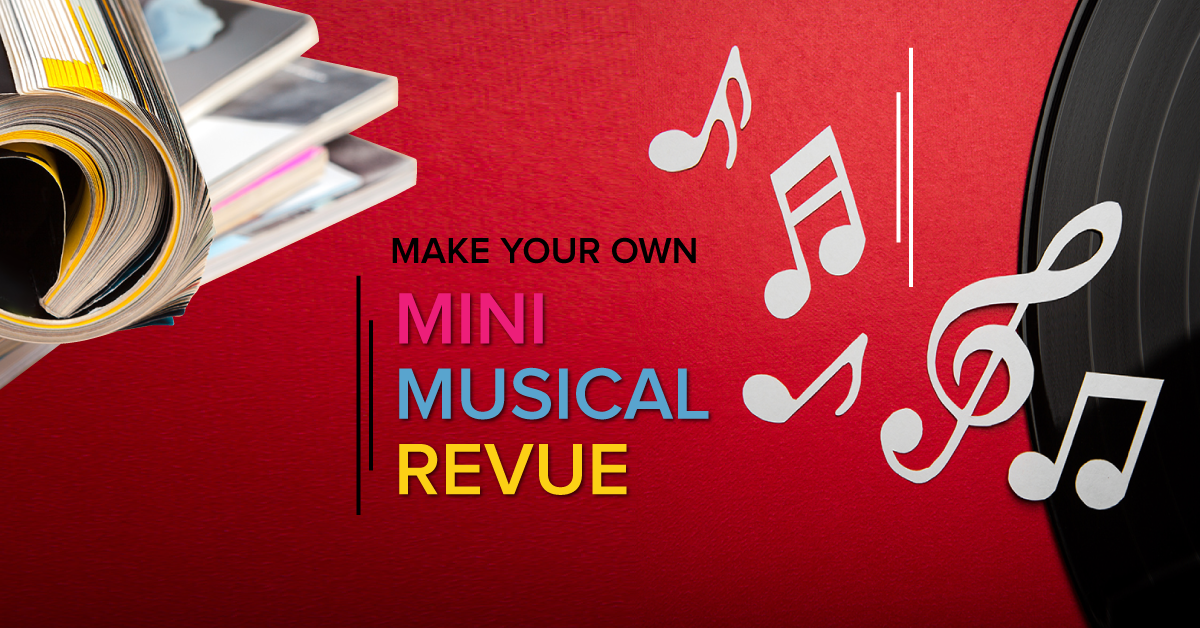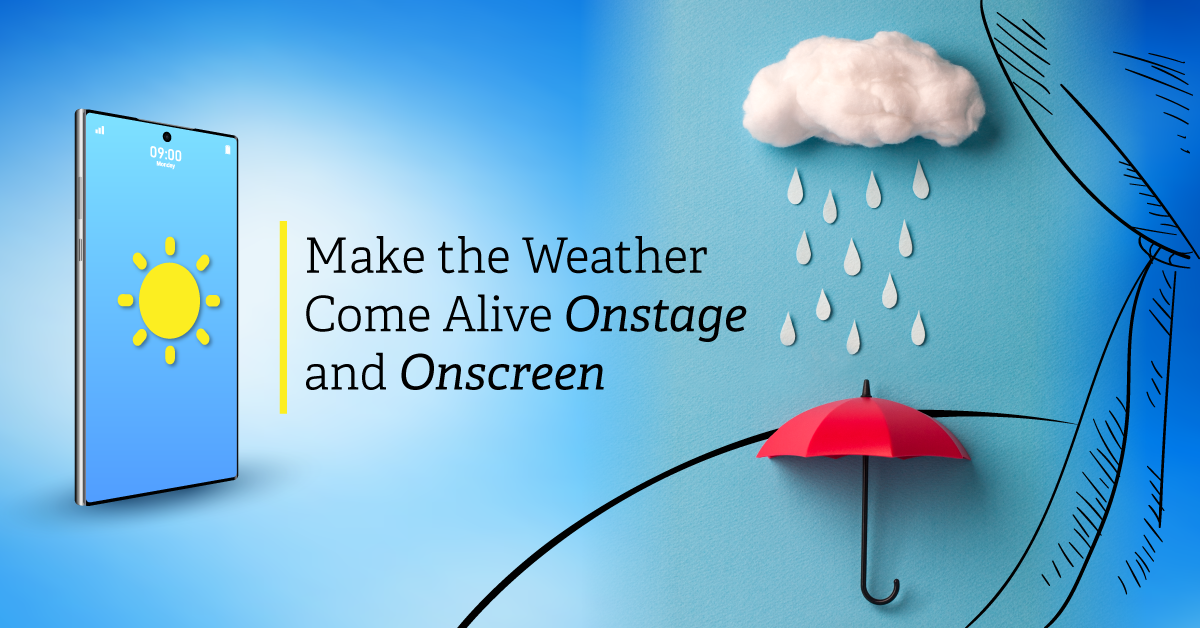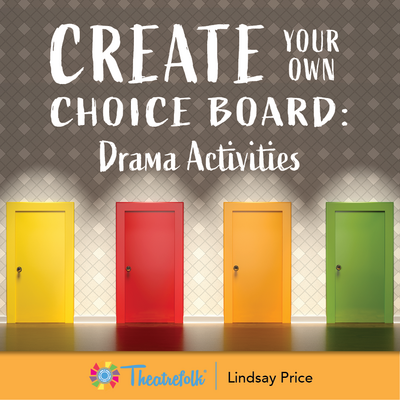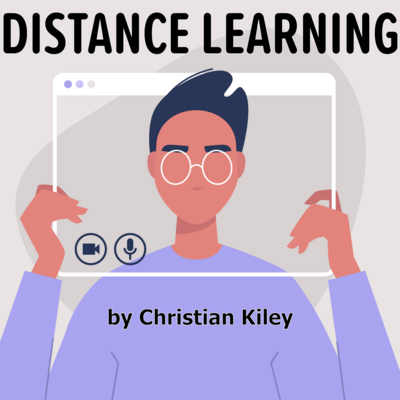Mask Exploration: Found Object Masks and Online Movement (Distance Exercise)
The following distance learning exercise is active and flexible. It focuses on mask work, and challenges students to use their skills of observation, critical thinking, and creative thinking. It can be completed in one class period by just focusing on one area of observation, but also extended if students complete it quickly or teachers wish to delve further. The questions can be answered as full group discussions, in small group discussions, or entirely written. Feel free to mix and match the different sections to best suit your students’ learning objectives.
1. Preparation
- Give students one minute to find an item in their home that obscures their faces to wear as a mask.
- This could be an actual mask (like a full- or half-face Halloween mask), a medical mask (everyone has one nowadays), a scarf, a balaclava, a pair of sunglasses with dark lenses, a large hat, a protective sports mask (like a hockey helmet cage or a baseball catcher’s mask), a hair appliance (such as a wig or fake beard), a tensor bandage, or another item of the student’s choosing.
- Have students put their face coverings on.
- Throughout this exercise, there are points at which various student volunteers are needed. The teacher may decide to select students to use as examples when required, or allow students to volunteer.
2. Self-Observation
- Have students turn off their microphones but keep their video cameras on. (If your school does not require students to turn on their video screens, have students take a moment to briefly describe their face covering, either in the chat box or verbally by turning their microphones back on.)
- Students will start by observing themselves wearing the face covering, using an actual mirror or using their device as a mirror.
- Students will then answer the following questions (written response):
- What parts of the face does your mask obscure?
- What kind of character might wear the kind of mask you are wearing? List three.
- How might this mask make an actor’s performance challenging? (For example, does the mask obscure your eyes or mouth? Can you make visible facial expressions easily? Do you have to speak louder to be heard clearly through the mask? Is the mask hot, heavy, or itchy?)
- How might this mask make the audience’s experience challenging? (For example, maybe they can’t see your facial expressions properly.)
- Are there any outside factors that a performer wearing that mask needs to think about when performing virtually? (For example, if you are wearing large sunglasses, the overhead lights or your device might be reflected in the lenses.)
3. Peer Observation, First Impressions
- Select a student to use as an example.
- Have the rest of the students observe the example student and answer the following questions (written response or verbally as a class discussion):
- What parts of the face does this student’s mask obscure?
- What is your first impression about the mask that the student chose?
- What kind of character might wear the kind of mask they are wearing? Come up with three ideas.
- Repeat this exercise as many times as you wish with different students wearing different face coverings. Compare and contrast the masks.
4. Peer Observation, Movement and Expression (Non-Verbal)
- Select a student to use as an example.
- Most students will likely be sitting at their device in a medium close-up position (head and shoulders). Have the example student move closer (extreme close-up) and further away (long or wide shot) from their camera.
- How does the group’s impression of the mask change depending on where the student is standing?
- What are the advantages or disadvantages of the different positions in the room?
- Have the student demonstrate various facial expressions (such as happy, sad, angry, surprised, or scared) while wearing their mask.
- Does the mask interfere with the student’s ability to clearly portray the emotion nonverbally? Why or why not?
- How does the student need to adjust their emotional portrayal to compensate for the mask?
- Repeat this exercise as many times as you wish with different students wearing different face coverings. Compare and contrast the masks and non-verbal performances.
5. Peer Observation, Auditory
- Select a student to use as an example. Have that student turn on their device’s microphone.
- Give the student a short passage to recite aloud. If you’re not currently studying a play, Theatrefolk has a great selection of free monologues and scenes that you can use.
- Have rest of the group observe the example student and answer the following questions (written response or verbally as a class discussion):
- Did this particular mask interfere with your ability to hear the student?
- How did the mask affect the student’s volume?
- How did the mask affect the student’s diction?
- How does the student need to adjust their verbal performance to accommodate wearing the mask?
- Repeat this exercise as many times as you wish with different students wearing different face coverings. Compare and contrast the masks and verbal performances.
6. Extension Questions
(These questions can be answered as part of a discussion or as a written assignment as you wish.)
- What advantages do students have when using masks on screen or on stage?
- How might a student’s performance in a mask be different on screen than in person?
- What outside factors might affect how a mask is perceived onstage, such as lighting or special effects like fog?
- Would the effects of stage makeup be similar or different from those of a mask? How?
* Note: If your school does not allow your students to turn on their cameras, teachers could have a selection of masks and act as a volunteer for students to observe. You could also pre-film yourself wearing different masks to save and use for future lessons.
Related Articles
Create Your Own Choice Board: Drama Activities
by Lindsay Price
Choice boards give students the opportunity to choose how they want to learn a particular subject. Create Your Own Choice Boards: Drama Activities can help encourage your students' independence by allowing them to take an active role in their learning.
Distance Learning
by Christian Kiley
A play about trying to survive and thrive in a virtual classroom.
